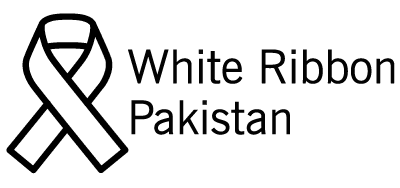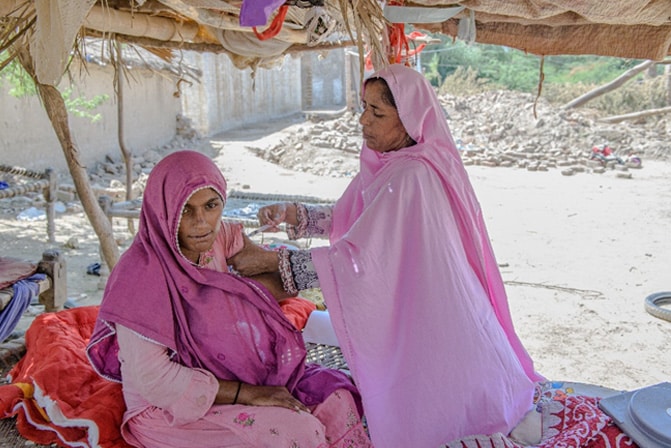Women’s health in Pakistan, especially in its remote and underdeveloped regions, faces a myriad of challenges. These challenges stem from socio-economic factors, cultural norms, and the lack of infrastructure and awareness. For many women living in the backward areas of the country, access to quality healthcare is limited, leading to significant health disparities. In this blog, we will explore the critical issues affecting women’s health in these regions, the existing barriers, and potential solutions to improve the situation.
1. Limited Access to Healthcare Services
One of the most significant challenges women in backward areas face is the lack of access to healthcare facilities. In many rural regions of Pakistan, health clinics and hospitals are few and far between. Traveling to the nearest healthcare center can be costly and time-consuming, particularly in areas where roads are poor or non-existent.
Moreover, the few available health facilities are often underfunded, under-equipped, and short-staffed. These hospitals and clinics may lack essential medical supplies, diagnostic equipment, or specialized medical professionals, such as gynecologists and obstetricians, which is crucial for women’s health, especially during pregnancy and childbirth.
2. Cultural and Societal Barriers
Cultural norms in many backward areas of Pakistan heavily influence women’s healthcare decisions. There is often a stigma surrounding women’s health issues, particularly reproductive health. Topics like menstruation, contraception, and maternal health are frequently considered taboo and are not openly discussed within families or communities. This silence prevents many women from seeking the necessary medical attention when needed.
Furthermore, gender inequality in some areas also means that women do not have the autonomy to make decisions regarding their own health. Male members of the family often have the final say on healthcare matters, and this can result in women’s health needs being neglected.
3. Maternal Health and High Mortality Rates
Pakistan has one of the highest maternal mortality rates in South Asia. In rural areas, the situation is even more dire due to limited access to prenatal care, skilled birth attendants, and postnatal care. Many women give birth at home, often with the assistance of untrained midwives or no help at all. This increases the risk of complications during childbirth, such as hemorrhage, infection, and eclampsia, which can be fatal without timely medical intervention.
In these areas, maternal health education is also scarce, and many women are unaware of the importance of antenatal check-ups or the warning signs of complications. This lack of knowledge can lead to preventable deaths and long-term health issues for both mothers and their babies.
4. Nutritional Deficiencies
Nutrition plays a crucial role in a woman’s overall health, particularly in pregnancy. Malnutrition is widespread in many underdeveloped regions of Pakistan, where food insecurity is common. Women, especially in rural areas, often lack access to a balanced diet, which contributes to anemia, vitamin deficiencies, and other health complications. Pregnant women are especially vulnerable to these conditions, which can negatively affect the development of their babies.
Additionally, cultural practices sometimes limit women’s access to adequate nutrition. In some families, men eat first, and women are left with the leftovers, which may not be sufficient or nutritious.
5. Mental Health and Psychological Well-being
Mental health is another area that is often overlooked in backward areas. Women in these regions experience high levels of stress, anxiety, and depression due to various factors, such as poverty, domestic violence, and limited social support. However, mental health issues are often stigmatized, and seeking help is viewed as a sign of weakness or a luxury that rural women cannot afford.
The lack of awareness around mental health and the absence of professional counselors or psychologists in these areas make it difficult for women to receive the care they need. This neglect of mental health contributes to a cycle of physical and emotional suffering that affects women’s quality of life.
6. The Role of Government and NGOs
The government of Pakistan, along with various non-governmental organizations (NGOs), has initiated several programs aimed at improving women’s health in remote areas. These programs often focus on raising awareness about maternal and child health, providing vaccinations, and offering free or subsidized medical services. However, these initiatives face many challenges, including lack of funding, political instability, and logistical issues.
Local NGOs, such as the Rural Support Programmes, have made significant strides in improving women’s access to healthcare through mobile clinics, health education, and the provision of essential health services. However, their reach is still limited, and many women in the most remote areas remain unreachable.
7. Potential Solutions
To improve the health outcomes for women in backward areas, it is essential to adopt a multifaceted approach that involves both the government and civil society. Some of the key solutions include:
-
Improved Healthcare Infrastructure: The government should invest in building more healthcare facilities in rural areas, ensuring that these clinics are well-equipped, staffed, and accessible to women.
-
Community Health Workers: Training local women as community health workers could help bridge the gap in healthcare access. These workers can provide basic medical care, health education, and support to women in their communities.
-
Health Education Campaigns: It is essential to launch widespread awareness campaigns focusing on maternal health, nutrition, and mental health. These campaigns should target both men and women to break down the cultural barriers surrounding women’s health.
-
Mobile Health Clinics: Mobile health services can reach women in the most remote areas. These clinics can provide regular check-ups, vaccinations, and maternal care, reducing the need for long-distance travel to healthcare centers.
-
Increased Funding and Support: Both the government and NGOs should increase funding for women’s health programs, particularly in rural areas, to ensure that these programs are sustainable and reach the most vulnerable populations.

